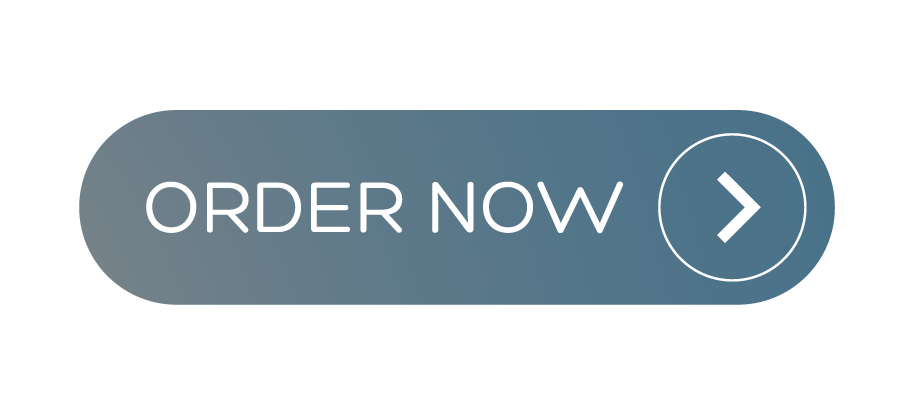I’m working on a sociology question and
I’m working on a sociology question and need an explanation and answer to help me learn. 1. Do you think that radio made the difference in President Roosevelt’s effort to save the country’s banking system? Why or why not? 2. How effectively do you think President Obama used the mass media? What about President Trump? 3. Do you think that President Trump’s use of Twitter advances his goals? To what extent do you think political leaders should use social media? Media transmits political messages to a mass audience. In the United States, many early newspapers supported specific political parties. Radio allowed political candidates and elected leaders to project their voices into the homes of people nationwide. From 1933 to 1944, for example, President Franklin Delano Roosevelts “fireside chats,†as they were known, calmed the countrys fears during the Great Depression and later rallied the nation during World War II. The Social Problems in Focus box takes a closer look at how President Roosevelt used the radio to change the life of a nation. Social Problems in Focus Gather Around the Radio: How Roosevelts Fireside Chats Saved the Nation Few people alive today can remember the Great Depression, the crippling collapse of the U.S. economy throughout the 1930s. But most who lived through it were never able to forget it. Some of the worst days of the Depression unfolded in the early months of 1933, when crowds of anxious people rushed into banks intent on withdrawing all their money. They were afraid they would lose their lifes savings if the banks failed. The bank runs from 1929 to 1933 caused many financial institutions to close their doors, increasing public panic. In March of 1933, the newly elected president Franklin Delano Roosevelt delivered his first inaugural address, assuring the county that “the only thing we have to fear is fear itself.†But how to transform fear into confidence, and save a faltering nation? The answer came in two parts. First, Roosevelt and Congress created a series of policies and programs to reconstruct, regulate, and safeguard the nations banking system. Second, and more important, Roosevelt convinced people to trust the banks enough to put their money back in the system. How did he win over millions of people when the system had already thrown so many into poverty? Roosevelt had a charismatic personality and he was a powerful speaker. To carry his reassuring message into every home, Roosevelt turned to radio. Roosevelt delivered the first of his historic fireside chats on the banking crisis on March 12, 1933. (You can listen to this radio broadcast by searching for “FDR Fireside Chat#1 Banking Crisis.â€) Using simple language, Roosevelt explained the problem and what the government was doing to fix it. But he also said that no program would work unless everyone across the country trusted the system and he asked families to do something for him and for themselves: He asked the people to take their money back to their local banks and deposit it. If everyone will do this, he assured the nation, the banking crisis would pass. The radio broadcast worked. A large majority of U.S. families were persuaded by the president and did what he asked. Money flowed back into banks and the crisis ended. Again and again, President Roosevelt turned to radio making his thirty-one fireside chats a regular event that mobilized the nation to return to economic prosperity and, later, to enter World War II. WHAT DO YOU THINK? Do you think that radio made the difference in President Roosevelts effort to save the countys banking system? Why or why not? How effectively do you think President Obama used the mass media? What about President Trump? Do you think that President Trumps use of Twitter advances his goals? To what extent do you think political leaders should use social media? Social media is one major way for political leaders to communicate with the public. During the 2016 election, candidate Donald Trump had more than 10 million followers on Twitter, and posted some 32,000 tweets. Hillary Clinton was close behind with about 8 million people following her and about 7,000 tweets. Clintons YouTube channel received more than 16 million views, and another 8 million views were credited to Trumps channel. Both presidential candidates also used Instagram, Snapchat, and Facebook to spread their message to voters. In the 2020 presidential campaign, candidates not only made widespread use of social media themselves but paid individuals and agencies to be social media influencers posting content aimed at swaying public opinion (Graham, 2016; Culliford, 2020). Of course, social media can work against candidates as well. In 2016, it spread images of Hillary Clinton struggling to get into a car when she was ill, and Donald Trump was forced to apologize for a video in which he made deeply offensive sexual remarks about women. On balance, however, social media serves candidates and elected leaders by disseminating their messages to millions of people without the high costs of newspapers, radio, and television.
******CLICK ORDER NOW BELOW AND OUR WRITERS WILL WRITE AN ANSWER TO THIS ASSIGNMENT OR ANY OTHER ASSIGNMENT, DISCUSSION, ESSAY, HOMEWORK OR QUESTION YOU MAY HAVE. OUR PAPERS ARE PLAGIARISM FREE.*******."

